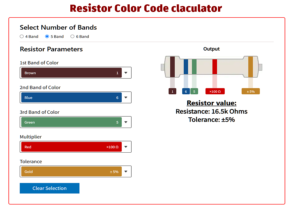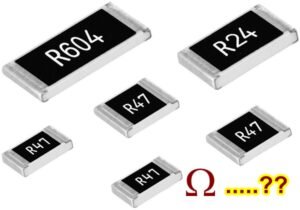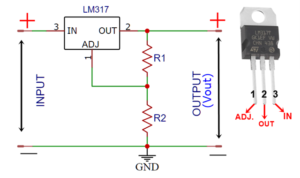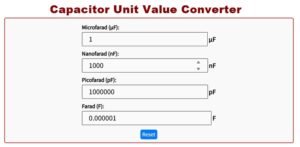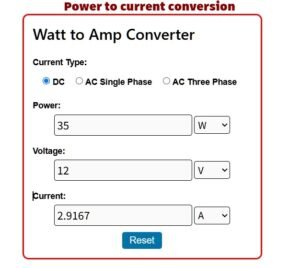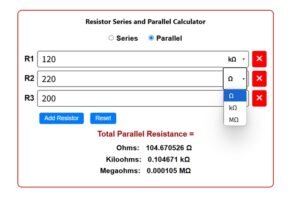dBm ↔ Watt Converter
Also try- Watt to ampere converter | Power to current conversion
Need to quickly convert dBm to Watts or Watts to dBm? Our easy-to-use online dBm to Watt converter calculator is the perfect tool for engineers, technicians, and hobbyists working with radio frequency (RF) power measurements. Understand signal strength, transmitter output, and antenna performance by instantly converting between the logarithmic dBm scale and the linear Watt scale. Get accurate results for your telecommunications and wireless communication projects with our reliable power conversion tool.
dBm to Watt Conversion Explained: Your Essential Guide to Power Measurement
Understanding dBm to Watt Conversion
In electronics, telecommunications, and radio frequency (RF) engineering, accurately measuring and expressing power levels is crucial. Two of the most common units you’ll encounter are Watts (W) and decibel-milliwatts (dBm). While Watts represent power on a linear scale, dBm uses a logarithmic scale relative to one milliwatt (mW). Understanding the relationship between these two units and how to convert between them is fundamental for anyone working with signal strength, transmitter output, or antenna performance.
Watts (W): The Linear Power Unit
Watt is the standard unit of power in the International System of Units (SI). It represents the rate at which energy is transferred or used. In electrical terms, one Watt is equal to one joule per second. Watts provide a straightforward, linear way to express power. If you double the Watts, you double the power. This linear nature is easy to grasp for simple power calculations, but it can become cumbersome when dealing with the vast range of power levels encountered in RF systems, from tiny signal strengths to high-power transmissions.
dBm: The Logarithmic Power Unit
dBm stands for decibels relative to one milliwatt. It’s a logarithmic unit used to express power levels in comparison to a reference power of 1 milliwatt (0.001 Watts). The formula for dBm is:
$$P_{dbm}=10\log_{10}\left(\frac{Pw}{1mW}\right)$$
Or, more commonly, using Watts:
$$P_{dbm}=10\log_{10}\left(\frac{Pw}{0.001W}\right)$$
The logarithmic nature of dBm makes it incredibly useful for representing both very small and very large power values on a manageable scale. For example, a signal of 1 Watt is 30 dBm, while a signal of 1 microwatt (0.000001 W) is -30 dBm. This wide dynamic range is easily expressed in dBm. Another advantage is that gains and losses in a system (like those from amplifiers or cables) can be simply added or subtracted when expressed in decibels (dB) or dBm, simplifying system calculations.
Converting dBm to Watts
To convert a power value from dBm back to Watts, you need to reverse the logarithmic operation. The formula is:
$$P_W=10^{\left(\frac{P_{dbm}}{10}\right)}\times0.001W$$
This means you divide the dBm value by 10, take the result as the exponent of 10, and then multiply by 0.001 (which is 1 milliwatt).
Why is Conversion Necessary?
While dBm is convenient for system calculations and representing wide power ranges, Watts are essential for understanding the actual power being used or transmitted in a linear sense. For instance, regulatory limits for transmitter power are often specified in Watts. When calculating power consumption or designing power supply circuits, Watts are the unit of choice. Therefore, the ability to convert between dBm and Watts is vital for bridging the gap between system design/analysis (often done in dBm) and practical implementation/compliance (often requiring Watts).
In summary, both Watts and dBm are critical units for power measurement in RF and telecommunications. Watts provide a linear perspective, while dBm offers a compressed, logarithmic view relative to 1 mW, simplifying calculations over wide dynamic ranges. Mastering the conversion between them is a fundamental skill for anyone in this field.
More Tools
- Ohms law calculator
- Low Pass Filter Calculator
- Number system converter (Decimal, Binary, Hexa, Octa)
- Wire Size Converter: AWG to MM, CMIL, Inches


